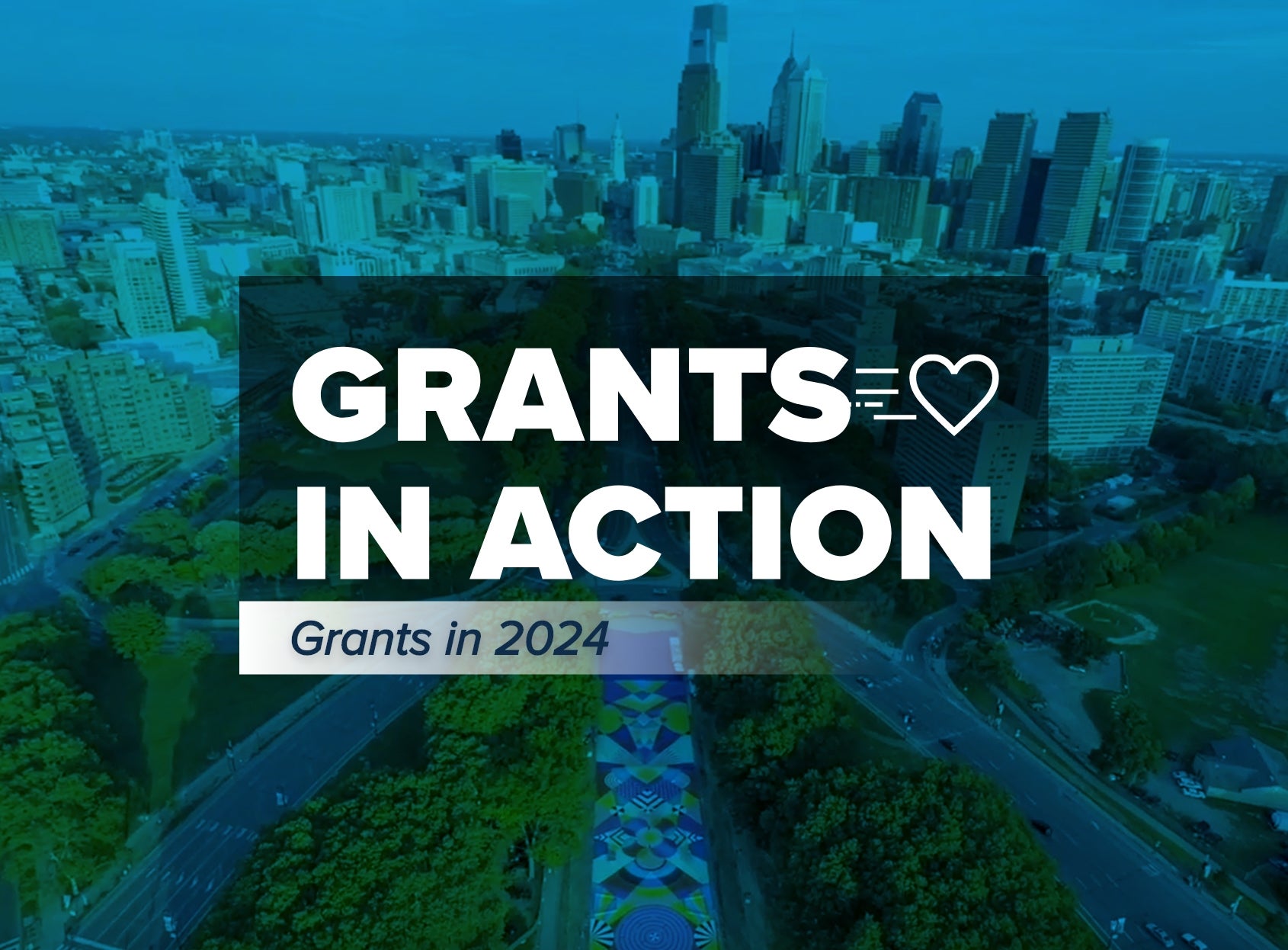Ten Tips to Encourage Your Friends, Family and Peers to Support Your Cause

Charitable giving, in all its forms, can be deeply personal. Supporting causes financially and responding quickly in the face of a crisis are core tenets to being an active and engaged donor. The impulse to give lies deep in the hearts and minds of many philanthropists, but it need not be done alone! Engaging in giving with your friends and family can provide a wide range of connective benefits for your personal circles, as well as for communities at home and around the world.
But where to start? Activating your personal networks to give can be intimidating, but the end results can often be surprising. The first step is reaching out. If you are ready to introduce your family and friends to fundraising for your favorite cause(s), here are ten expert tips from our team:
- 1. Consider Your Reach. Engagement goes beyond the people you’re most likely to ask, such as your close friends and family. Coworkers, classmates and neighbors could be potential fundraisers and donors.
- 2. Utilize a Variety of Channels. Social media channels, like Facebook or Instagram, are an easily accessible outreach tool for people with whom you may have limited contact. For friends and family, it’s much better to ask directly in an email, phone call or even face-to-face over coffee. The more channels you use, the better your chances of retaining more contacts.
- 3. Make a Personal Connection. Whether your cause is education, the environment or equality, what will matter the most to the people in your life is that this matters to you. If they connect you with the cause, they’ll feel a deeper kinship as well.
- 4. Tell a Story. By sharing personal anecdotes and stories about your connection to your cause, you may just inspire others. Research has shown that people feel more motivated to help when presented with the compelling story of a single individual than with statistics.
- 5. Appeal to the Donor’s Own Interests and Values. Remember that your cause already has other supporters. For instance, if you’re giving to the arts and culture sector you can tie the cause to their favorite band or when they used to perform in school plays.
- 6. Make it Easy. Take all the guesswork out of the donation process by providing them with the link to a simple-to-navigate, online donation page. You can also consider the numerous ways that people want to make donations; let them know if the organization accepts gifts by credit card or from donor-advised funds (DAFs).
- 7. Express Gratitude. Whether you’re sending your initial fundraising email or following up with someone who has already donated, gratitude is key. By thanking people every step of the way, you’ll show them just how appreciative you are.
- 8. Create a Birthday/Wedding/Graduation Fundraiser. Rather than creating yet another gift registry, have your friends, family or other invited guests donate to your charity in your honor instead. They’ll feel better about not having to buy another gift, and you’ll feel better knowing so many people in your life have given to your favorite cause.
- 9. Get Them Involved in Other Ways. When people give their time to a cause, they are more likely to give their money to the cause, too. A study from The Nonprofit Times found that “nearly 75 percent of those who volunteered say they are more likely to donate.” The study also concluded that millennials are most likely to donate after volunteering, so consider asking those in your life who fall into that age bracket about volunteering for your cause.
- 10. Ask Again. It’s rare to get the results you were hoping for after the first, or even second ask. Taking advantage of social media channels to raise awareness several times makes a difference. You can keep your contributors invested by using visual fundraising tracking, like a thermometer. These visuals not only create a sense of urgency, but it makes people feel like they are part of something bigger than themselves and that they’ve made an impact, too.
Any project requires the right tools. We hope these tips are helpful as you begin to build excitement and interest in your charitable passions. Remember, many hands make light work. Bringing people together toward common charitable goals can provide a lifetime of deeply rewarding experiences while simultaneously making an enormous difference in the lives of others.
NPT does not provide legal or tax advice. This blog post is for informational purposes only and is not intended to be, and shall not be relied upon as, legal or tax advice. The applicability of information contained here may vary depending on individual circumstances.


